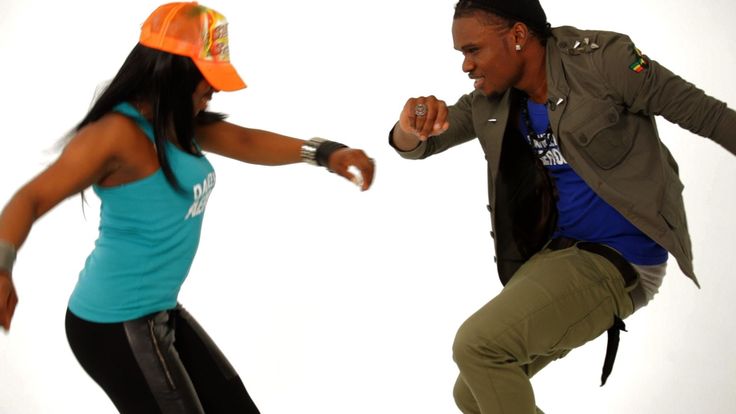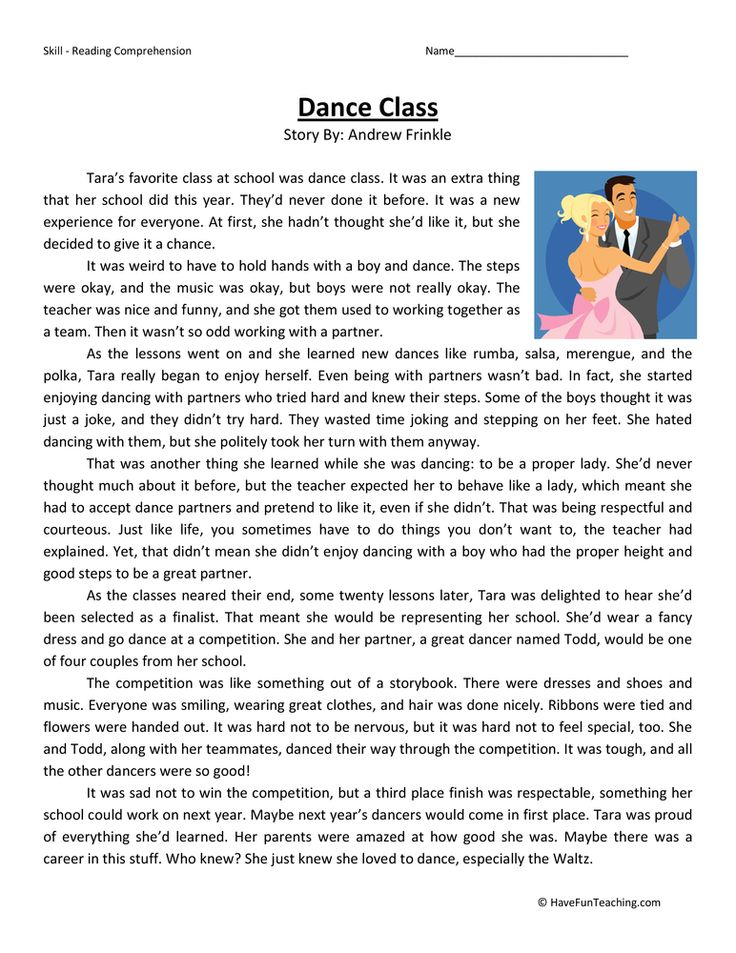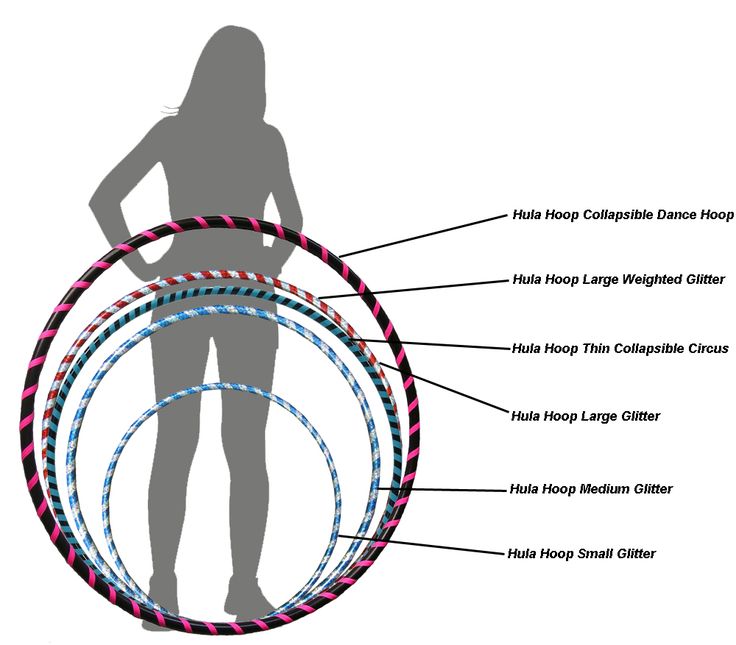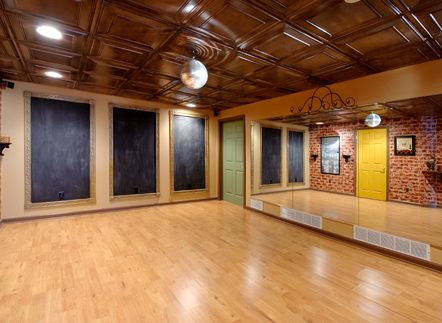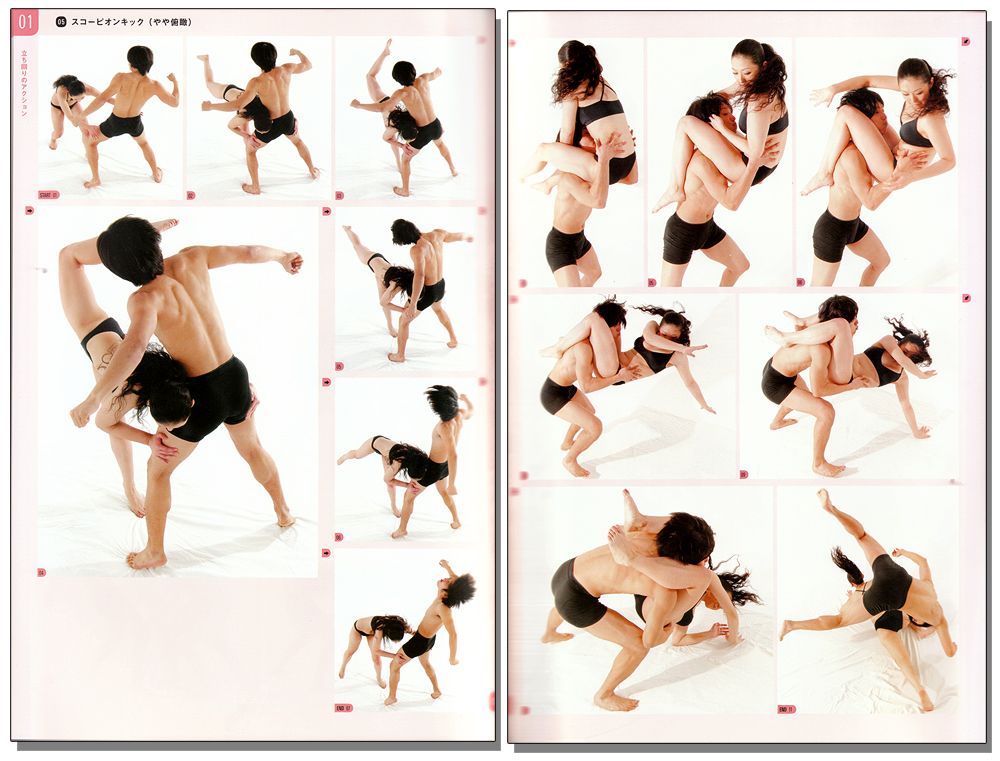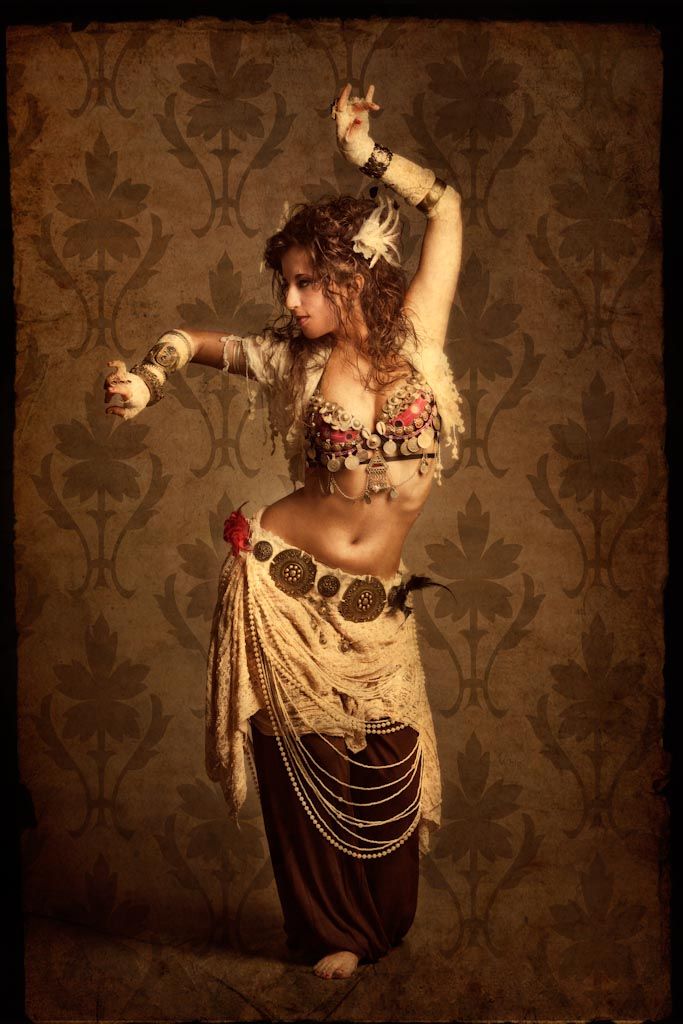How to box dance
Learn Basic Steps For Waltz
Waltz is an elegant, nearly universal dance, perfect for weddings, or almost any social occasion. It's not as hard to learn as most people think.
- Basic steps
- Instructions & Diagrams
- Video
- Recommended Video Lessons »
Quick intro
Waltz dates back to the late 17th century Europe, but has never really been out of fashion and clearly stood the test of time. It should probably be one of the first ballroom dances you learn.
It is a smooth and graceful dance with long, flowing movements, characterized by rise & fall motion. It has a unique 3/4 timing and a simple rhythmic pattern which blends with the music. You can start waltzing very quickly by just learning the simple box step.
Basic steps
The basic step for waltz is a box step. It's named after a pattern it creates on the floor (box or square) and forms the foundation of the dance.
A box step can be divided into two parts - a forward half box and a backward half box. Each half box has three steps - a step forward or backward, a step to the side, and a step to close the feet together.
The leader starts with the left foot and executes a forward half box, followed by a backward half box. The follower performs the opposite – she starts with the right foot and executes a backward half box, followed by a forward half box.
The basic box step pattern uses three counts - slow, quick, quick, which is repeated twice to create the box step. Timing is 1,2,3,1,2,3 or 1,2,3,4,5,6.
Instructions & Diagrams:
When dancing waltz someone has to lead and someone has to follow. Usually the man will lead and the woman will follow.
Men's Steps:
- Step forward with the left foot
- Right foot step sideways to the right
- Bring your left foot next to your right foot
- Step back with the right foot
- Step back sideways with the left foot
- Bring your right foot next to your left foot
Lady's Steps:
- Step back with the right foot
- Left foot step sideways to the left
- Bring your right foot next to your left foot
- Step forward with the left foot
- Step forward sideways with the right foot
- Bring your left foot next to your right foot
Video
In this video Leon and Kim will show you the basic box step.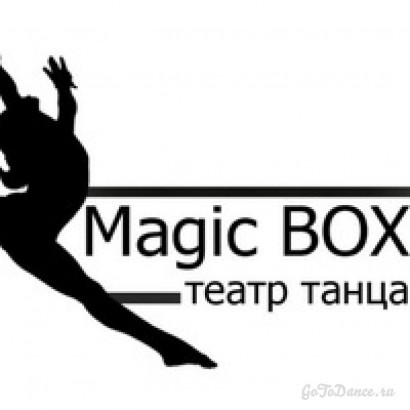 You will also get important tips on rise & fall movement which characterizes this dance:
You will also get important tips on rise & fall movement which characterizes this dance:
more videos »
Once you've mastered the basic box step, it's time to start rotating that box. It will usually be rotated to the left (counterclockwise), so it's called the Left Box Turn. It's quite simple: with each half box, you turn 1/4 of the turn to the left. After two boxes (or four half boxes) you will complete the turn and end up where you began. Then start all over again.
Ok, so now that you know the basic box and how to rotate it, lets continue with basic progressive. Here, as the name implies, the leader will always be moving forwards and the follower backwards. This will enable you to move around the dance floor instead of just dancing on the spot. Here is a clip from Learn & Master Ballroom Dance course that will show you in detail how it's done:
Where to go next?
Now that you know the basics, what's your next step (pun intended ;)? To go to the next level, we recommend one of the video training programs. Here are our recommendations »
Why Dancing Is Great For Boxing
Boxing legend Muhammad Ali had a very specific footwork technique that almost emulated a choreographed dance. His expression “float like a butterfly, sting like a bee” became iconic because he looked like he was floating as he moved around the ring, and was still able to pack some serious force towards his opponents. Spectators, announcers, and trainers began to comment that watching his boxing footwork was similar to watching a ballerina dance on stage.
Subsequently, trainers and boxers around the world took note of this and many have even added styles of dance to their training to improve their timing, balance, and coordination.
What is Dancing in Boxing?
Dancing in boxing is simply how you keep your feet moving when you are not actively striking. Some boxers bounce, sidestep, or alternate their weight from one foot to the other. Keeping your feet moving allows you the freedom to quickly evade punches from your opponent and swiftly transition to throwing punches and attacking.
Just like many sports, in boxing, a boxer develops a strategy for how to move about the ring depending on their opponent. For instance, if your opponent tends to be a slugger and moves heavily around the ring, you might benefit from dancing around a bit more to tire them out. “Dancing” in the ring can also be used as an intimidation factor. In later rounds, when both fighters are beginning to show signs of fatigue, a boxer relies on their agile footwork and quick movements to show they are ready to keep the match lively. Often, this can look like a form of “dancing”.
Classic Dance Training for Boxers
Dance and boxing have quite a bit more in common. Both require focus, precision, strength, balance, and flexibility. Plus, they’re both great cardio workouts. A popular dance style that is often associated with boxing is ballet. Many boxing gyms and professional boxers have added ballet classes and other forms of dance training to their workouts. According to FightCamp Trainer Flo Master, another form of dance that can be extremely helpful for learning boxing footwork is house dancing, or house dance.
If you’ve started boxing and are looking to incorporate other training techniques, dance might be a great way to mix up your routine while improving your skills – especially your footwork.
Types of Dance to Add to Your Boxing Routine
While you won’t be putting on a full dance performance while boxing, some skills can carry over and improve your boxing technique.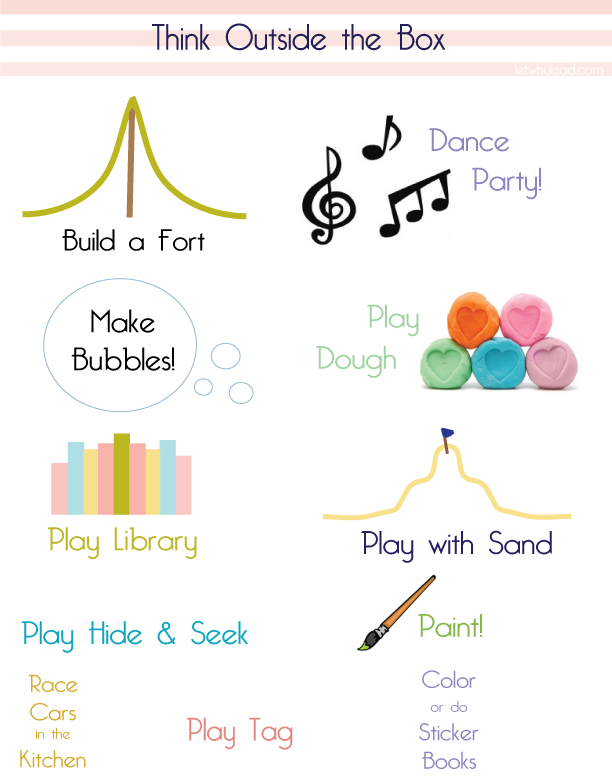 Here are a few dance styles that are worth checking out.
Here are a few dance styles that are worth checking out.
Ballet
Ballet dancing is known to be light, airy, and controlled. Ballet dancers practice for hours to perfect the tiniest movements that can help them seemingly defy gravity while making their movements look effortless. To do this, they incorporate stretching and bodyweight exercises.
Why Ballet Is Useful For Boxing: With the focus on flexibility, body movements and placements, and the art of being light on your feet, ballet training can be very helpful for boxers.
How To Add Ballet To Your Boxing Training: If you would like to add ballet to your boxing routine, there are many in-person classes in most cities, as well as a ton of free resources online. Many people are surprised at how strenuous of a workout a beginner ballet class can be!
Contemporary
Contemporary dance is a mixture of several dance styles, including ballet, jazz, lyrical, modern, and even acrobatics.-Step-18.jpg/aid1640374-v4-728px-Shuffle-(Dance-Move)-Step-18.jpg) Flexibility and stamina are key because the music and styles tend to be faster than in traditional ballet.
Flexibility and stamina are key because the music and styles tend to be faster than in traditional ballet.
Why Contemporary Dance Is Useful For Boxing: Contemporary dance training can help boxers improve their cardio, flexibility, and precision.
How To Add Contemporary Dance To Your Boxing Training: There are many contemporary dance class options for both youth and adults. In-person classes are available at many dance studios, and there are videos online that you can check out.
House Dance
House dance is a freestyle form of street dance that is fast-paced and often improvised to house music. The main components of house dance are "jacking", "footwork", and "lofting". Jacking refers to the "groove" and body roll movements seen in housing. House dance footwork has its roots in Afro, Latin, and jazz styles of dance. Finally, lofting is the fluidity of movement that you see in house dancing.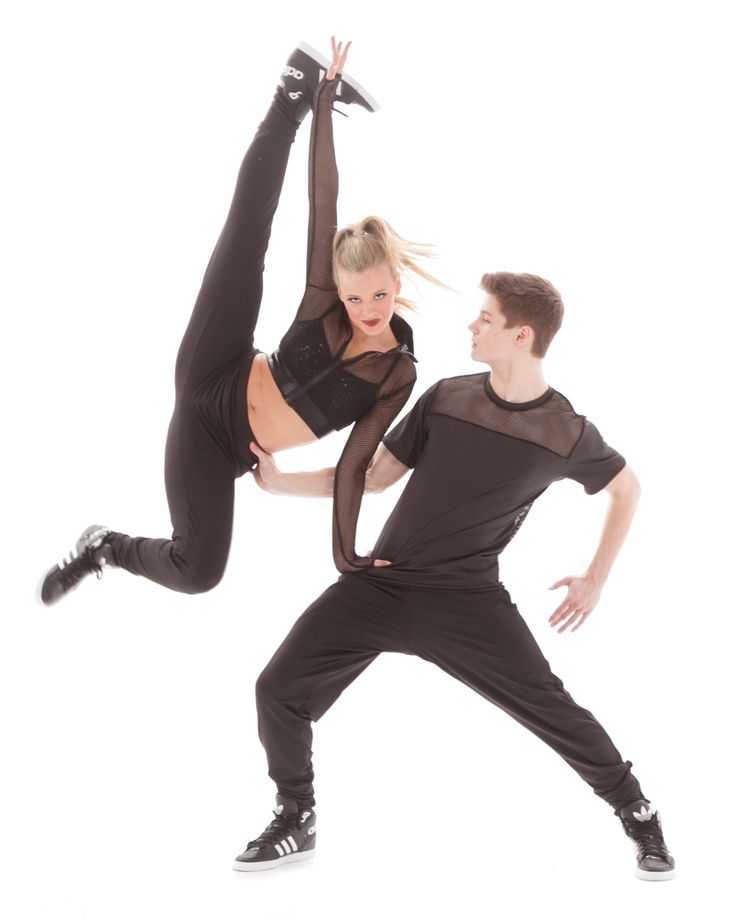
Why House Dance Is Useful For Boxing: With such a strong emphasis on footwork and quick movements, house dance can help boxers find their rhythm and flow, and establish better footwork precision. Additionally, the improvised basis of house dance helps to train boxers to stay alert and improve their reaction time and movements. House dance training can teach boxers how to better respond to incoming punches and strikes from opponents.
How to Add House Dance To Your Boxing Training: There are several videos online and tutorials that can teach you the basics of house dance. Also, many dance studios that offer hip hop classes offer house dance classes as well. Since house dance is more of an improvised style, one of the best ways to learn is to watch house dancers and develop your own feel for the music.
Tai Chi
Tai Chi is not a dance form but an ancient martial arts practice that originated in China.-Step-17.jpg/aid1640374-v4-728px-Shuffle-(Dance-Move)-Step-17.jpg) It is a non-combative technique that promotes mediation and stress relief. If you have ever seen a Tai Chi practice, you might have thought it was a dance class or even some form of yoga. The slow flowing movements and deliberate patterns in Tai Chi can help improve your focus when boxing. Tai Chi can also be a very approachable transition to add to your at-home boxing training routine.
It is a non-combative technique that promotes mediation and stress relief. If you have ever seen a Tai Chi practice, you might have thought it was a dance class or even some form of yoga. The slow flowing movements and deliberate patterns in Tai Chi can help improve your focus when boxing. Tai Chi can also be a very approachable transition to add to your at-home boxing training routine.
Why Tai Chi Is Useful For Boxing: Because boxing can be stressful on both the mind and body, incorporating Tai Chi can help you stay physically and mentally balanced while improving your body’s overall coordination.
How To Add Tai Chi To Your Boxing Training: Tai Chi videos can be found online, and there are also in-person group classes and sessions available. It is encouraged that the practice of Tai Chi is performed outdoors.
Boxers Who Danced
Professional boxers all have coordinated footwork, but some stand out from the rest.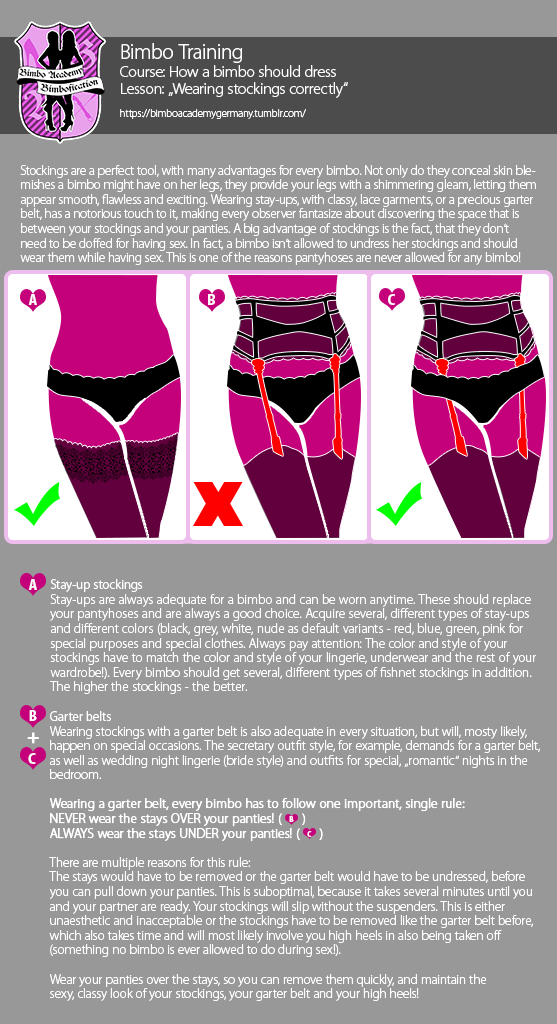 The following boxing champs all have and had specific boxing dance styles, some even took formal dance training, and it has paid off in their footwork performance.
The following boxing champs all have and had specific boxing dance styles, some even took formal dance training, and it has paid off in their footwork performance.
Muhammad Ali
In interviews, Ali has been known to describe his footwork as a dance. While it’s not officially known if Ali took formal dance training and classes, he definitely had natural rhythm in the ring. Just as dancers are often described as “elegant”, Ali’s boxing style was smooth and graceful, especially compared to other fighters of his time. He created his famous "Ali Shuffle", a series of boxing footwork steps, that he used to evade his opponents and move around the boxing ring.
Harry Garside
Harry Garside who won the bronze medal in the men’s lightweight championship at the 2020 Tokyo Olympics is also a ballet dancer. He has said his mission is to break stereotypes when it comes to what is considered “masculine”. When he first started dancing, he claimed it was solely for boxing, but after gaining more press from his Olympic win, Garside said he really just wanted to learn ballet to learn the art of the dance. With a bronze medal in hand, it seems Garside's ballet-boxing training combination paid off.
When he first started dancing, he claimed it was solely for boxing, but after gaining more press from his Olympic win, Garside said he really just wanted to learn ballet to learn the art of the dance. With a bronze medal in hand, it seems Garside's ballet-boxing training combination paid off.
Vasiliy Lomachenko
Professional boxer Vasiliy Lomachenko claims his dancing and boxing skills are a coordinated effort that he has been perfecting since childhood. Born in Ukraine, Lomachenko took traditional Hopak classes where quick feet and high jumps are a staple. With his friends, he also learned the dance form breaking, which added spins and acrobatics to his skillset. His 17-2 professional record proves that adding dancing to your boxing routine can help you as a fighter in the ring.
Adding Dance to Your Boxing Routine
Dance might seem foreign to many boxers, but incorporating dance into your boxing training can really help you build on your footwork, as well as be a nice change from combat training. A dance session can easily be done in your home or in a group class. With dance you can improve your rhythm, stamina, and develop more overall control of your body movements.
A dance session can easily be done in your home or in a group class. With dance you can improve your rhythm, stamina, and develop more overall control of your body movements.
Looking to change up your routine? Try one of the many complimentary stretching and fitness routines available on FightCamp’s YouTube Channel and check out our boxing equipment packages and accessories pages to start your at-home boxing training today!
Related Articles
Dancer Footwork for Fighters
10 DAYS INTENSE FOOTWORK WORKOUT
Develop agile and explosive footwork for fighting. Hold your space and throw punches with more power than ever. Move with feline agility and razor-sharp speed. Dispel the stone muscles in your legs and torso. Move faster than all your rivals!
My brother Brian (champion dancer) and I share the secrets of training dancers' footwork in this unique 10-day intensive training program.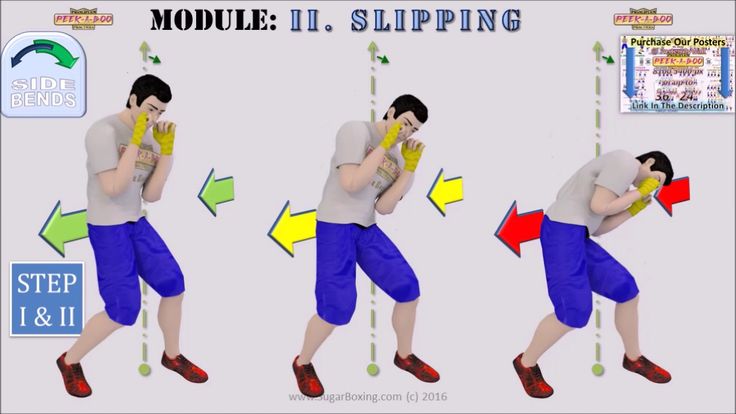 4 hours of instructional video and 26 page work journal to improve your footwork skills.
4 hours of instructional video and 26 page work journal to improve your footwork skills.
Meet OVER 100 special footwork exercises that dancers use to develop core and leg strength, improve their sense of balance, and move their feet with dazzling speed, power, and precision!
- CAT BALANCE - Hold your space with superior technique and strong leg muscles!
- FAST FOOTWORK - attack and escape with blinding speed!
- INCREASED PUNCHING POWER - Stronger muscles and improved technique increase your punching power!
Why should a fighter train like a dancer?
Dancers have the best balance and footwork of ALL ATHLETES in the world. They train 10 hours a day, working only on balance and footwork. Imagine the average ballet dancer who trained from the age of 4 to absolute perfection. By the time he is 18, he is floating in the air, spinning on one leg and makes us believe he does it easily . Hours of stretching, relentless exercise, intense footwork exercises and superhuman displays of speed and strength.
By the time he is 18, he is floating in the air, spinning on one leg and makes us believe he does it easily . Hours of stretching, relentless exercise, intense footwork exercises and superhuman displays of speed and strength.
You might be shocked to learn that boxing greats such as Muhammad Ali and Sugar Ray Robinson also had dance experience. Mike Silver (boxing historian and author), in his popular book The Arc of Boxing, mentioned that the ideal body for a boxer is that of a dancer, with long, smooth, toned muscles. As a fighter, you may not want to wear tights and do 10 spins in a row, but you might want to know how the dancers trained. What techniques did the dancers use to create such a beautiful balance? How did they develop such large calves? What special footwork exercises have they been doing all these years in training?
It's no secret that classical dance training can be the hardest type of physical training in the world. The dancer's body is carved to perfection from head to toe for fluid, powerful and seemingly effortless movements.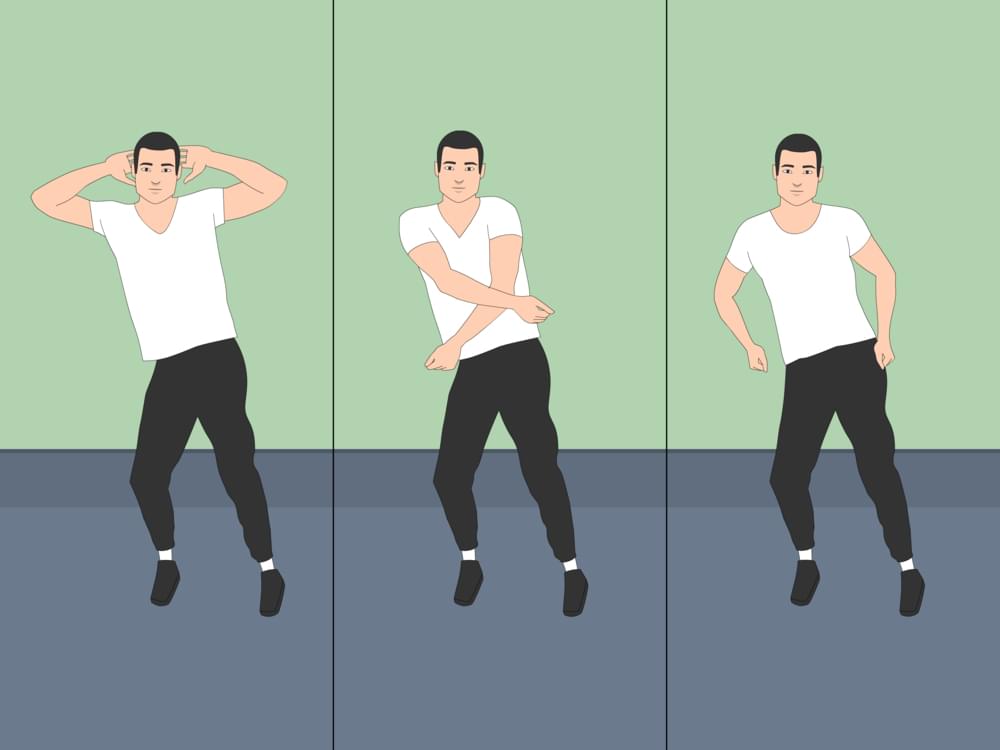
Watch some videos of my former dance teachers:
- Ivan Terrazas old video of his AMAZING foot strength
- Gabriel Miss - INCREDIBLE foot speed and accuracy
- Brian Nguyen - watch my brother FREESTYLING on street
- there are many more that I have not listed ...
THE PROBLEM of conventional boxing footwork exercises
The footwork exercises you see in boxing and MMA gyms today are completely ineffective. Most of them are too simple or simply not organized in a logical order. Where are the stretching exercises? Where are the balance exercises? And finally, where are the exercises to improve the physical condition of the muscles and coordination?
All you see is shadow boxing, jump rope, ladder drills, cone drills and maybe a few running hip twist drills and that's it. Today's footwork drills are too easy, too boring, and STILL don't teach fighters how to balance and how to move their bodies. There is no systematic method for developing and complicating work in order for the body to move better.
There is no systematic method for developing and complicating work in order for the body to move better.
Still missing from today's footwork exercises:
- Mindfulness exercises - how to develop a great sense of balance and control of the neutral axis.
- Full leg workout - not just calves and agility (no inner leg work)
- Lack of slow motion work - to increase control and coordination, instead of just raw speed and power
- Does not work effectively on the "footwork muscles"
What is the Dancer's Footwork for Fighters training program?
You will have access to a comprehensive 10-day training program with 4 hours of video. Every day you will be introduced to many new footwork techniques, exercises and drills to completely transform your lower body and improve your footwork! This is a proven training program used by dancers for generations.
You will get THICKER, STRONGER, FAST legs.
You will finally have fully developed leg muscles, thereby gaining increased leg strength, coordination and control throughout an extended range of motion. You will have access to an advanced training program to develop perfect balance and fast footwork skills. You will develop a stronger and MORE FUNCTIONAL torso in order to generate MORE POWER IN ALL BODY MOVEMENTS.
You will stand stronger, move faster and hit harder!
Access to Champion Dance Knowledge
You will have access to one of the greatest resources for footwork training through my brother, Brian Nguyen, US TANGO CHAMPION. He has trained with the best in the world and has won numerous dance competitions due to his skills and footwork abilities. He is a highly respected tango dancer all over the world. He charges over $100/hour for private lessons and always has bookings in every city he visits.
And Brian Nguyen will share his secret exercises and training methods in this specialized course. You will learn…NOT 10…NOT 20…but MORE THAN 100 FOOTWORK EXERCISES. Brian and I will begin to pull you in slowly, starting with fundamental techniques and basic exercises (Days 1, 2, 3). Then we will gradually move on to more intense exercises (Days 4, 5, 6, 7). And at the end, we will end with impossible exercises (Days 7, 8, 9, 10). You will receive technical demonstrations and theoretical explanations every day.
You will learn…NOT 10…NOT 20…but MORE THAN 100 FOOTWORK EXERCISES. Brian and I will begin to pull you in slowly, starting with fundamental techniques and basic exercises (Days 1, 2, 3). Then we will gradually move on to more intense exercises (Days 4, 5, 6, 7). And at the end, we will end with impossible exercises (Days 7, 8, 9, 10). You will receive technical demonstrations and theoretical explanations every day.
*** Watch my brother Brian Nguyen's performances - VIDEO 1 - VIDEO 2 ***
These specialized footwork workouts are HARD.
Working off and exercises are incredibly difficult and painful. This course is not intended for non-serious fighters. If you don't even like jumping rope, this course is not for you! I only recommend these workouts to serious athletes or people with crazy curiosity.
The average person won't even make it past DAY 5. If you're looking for a challenge and really want to take your footwork to the next level, this course will give you the best footwork in the gym!
100+ footwork exercises ranging from easy to difficult to difficult to painful to impossible. Many of you who are reading this now will NEVER be able to do them all. However, your footwork speed, accuracy and agility will improve enormously if you work on it.
Many of you who are reading this now will NEVER be able to do them all. However, your footwork speed, accuracy and agility will improve enormously if you work on it.
If you can survive these workouts,
footwork in combat will be easy.
Fighter Dancer Footwork
BUY NOW FOR $57 USD
- 4 HOURS of videos - 240 minutes of instructional videos broken down into a 10-day workout program. Learn secret techniques and discover over 100+ specialized exercises that will improve your footwork!
- 26-PAGE Workbook - All footwork exercises, key balance tips and techniques in a helpful PDF file. Print it out, follow it and take notes.
- ALL YOU NEED IS SOCKS - Ideally, it would be nice to have dance shoes and a smooth floor, but you can do many of these exercises on any surface with socks on.
- THIS IS A DIGITAL PRODUCT - nothing will be mailed to you.
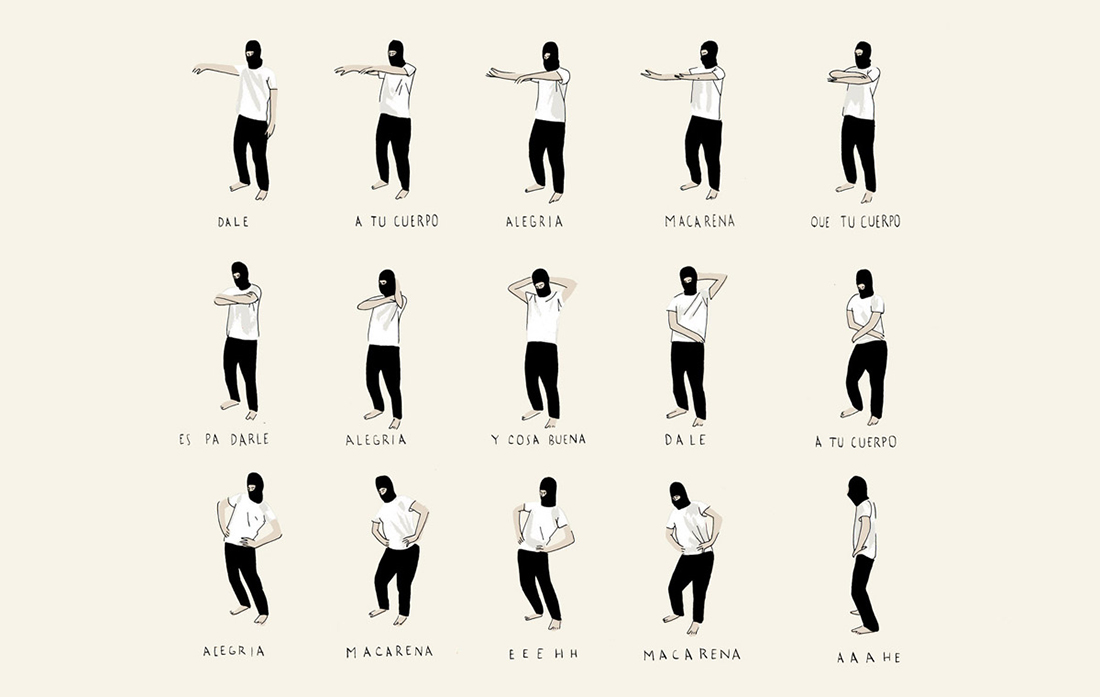 You will immediately receive a member login in your email after purchase. Videos can be watched on a computer, they can be converted for iPad or burned to DVD.
You will immediately receive a member login in your email after purchase. Videos can be watched on a computer, they can be converted for iPad or burned to DVD.
This is what you get...
INTRODUCTION - equipment and warm up
- summary of OPTIONAL utility equipment
- how to use the stick and elastic bandages for legwork training
- how to keep your body functional with foam roller, stretcher, foot massage ball
Day 1 - developing a sense of axis
- how to stand up straight and find your neutral axis
- how to engage the torso more using the position of the hips and legs
- using the calf muscles to grip the ground
- how to increase strength, speed and leg coordination
- torso strengthening in motion
- breathing techniques for body movements
- how to stand strong for balance
Day 2 - Axis Control Development
- Hips and Calf Warm Up
- axle offset with balance
- calf strengthening and foot coordination exercises
- keeping the torso while in the air (jumping exercises)
- how to develop "active feet"
- 2 simple tips for developing a sense of balance (during the day / when you are not training / outside the gym)
Day 3 - simple body movements and foot engagement
- slow motion footwork techniques (increases body control)
- heel engagement to improve foothold and stride strength
- use of socks to improve control, change directions and speed
- how to turn the body with control, power and relaxation
- engaging the upper body to assist the lower body
Day 4 - Leg Strengthening and Hip Stabilization
- advanced slow motion legwork technique (increases strength and balance)
- movement in geometric shapes (maintaining balance during turns)
- stay heavy on the move
- weight control (to prevent falls)
- hip stabilization during movements
Day 5 - torso and feet strengthening
- traction muscle strengthening
- how to "lift" the body up and down (without relaxing the torso)
- torso strengthening legwork exercises
- jumping coordination exercises
- engagement of the torso to move and stabilize the body
Day 6 - foot speed and explosive legwork
- advanced footwork exercises (speed, power, accuracy, core control)
- Pure Speed Exercises (Maximum Speed Footwork Exercises)
- explosive legwork exercises (speed and power)
- painful legwork exercises for the calves (working all sides of the calves)
Day 7 - leg strengthening, balance and coordination
- single leg footwork exercises (skating leg strengthening)
- single leg twists (strengthening the torso and feet)
- turns on two legs (balance and coordination)
Day 8 - core strengthening, speed and power
- advanced twist exercises (free leg control during turns)
- slow rotation exercises (increase strength and control)
- Torso Twisting Exercises (Insane Torso Strength, Speed and Power)
- Understanding how to use Torso twist
- best core exercises
Day 9 - advanced balance and coordination
- advanced core exercises
- advanced exercises with rotations
Day 10 - very VERY DIFFICULT THINGS
- IMPOSSIBLE! 😉
PS: Have questions about this footwork guide? Leave a comment below or send me an email and I'll get back to you right away.
Muay Thai: a bloody sport | Be Healthy
Fifteen minutes of fighting is enough to literally raze a person to the ground. Such is the Thai Zen Buddhism - continuous contemplation ...
What is the "Art of Eight Limbs"? First hint: it is quite popular in Thailand. The second hint: it has nothing to do with Thai massage or sexual services.
So be it, let's show the cards. The art of eight limbs is called Thai boxing, or, in the Thai manner, "muay thai" ("Boxing of the free") - the national sport and pride of Thailand.
Modern Muay Thai is a little different from its traditional counterpart. Initially, it did not use boxing gloves, only when Muay Thai turned from a cultural element into a tourist attraction, it was decided to wear gloves so that Western viewers did not get the feeling that they were admiring a street fight. At the same time, both blows to the groin and strangulation of the enemy were banned.
By the way, Thai boxing is not called the art of eight limbs for the sake of poetry: the hands, elbows, knees and feet are actively involved in the fight, that is, eight so-called “points of contact”, in contrast to Western boxing, where these points are smaller.
Muay Thai is a shocking and cruel sight. It is considered the most rough and traumatic sport. This is the Zen Buddhism in Thai - continuous contemplation... alive), great attention in this sport is given to rituals.
Before the start of the fight, the “correct” fighter either bows to the ring, or strokes the rope barriers around the perimeter three times, or reads a prayer. By the way, Thai boxers never get into the ring through rope barriers. This is due to the fact that in Thai culture the head is considered a sacred part of the body, while the feet are dirty and vicious. Therefore, it is very important to keep your head straight when entering the ring - Thais “step over” barriers.
Once in the ring, the boxer stands in the center, bows to each of its corners, and then a special ritual is performed - Wai Kru. It consists in the following: the boxer goes around the ring three times counterclockwise - this is how the territory is symbolically “marked”, and then performs a special dance to the national music.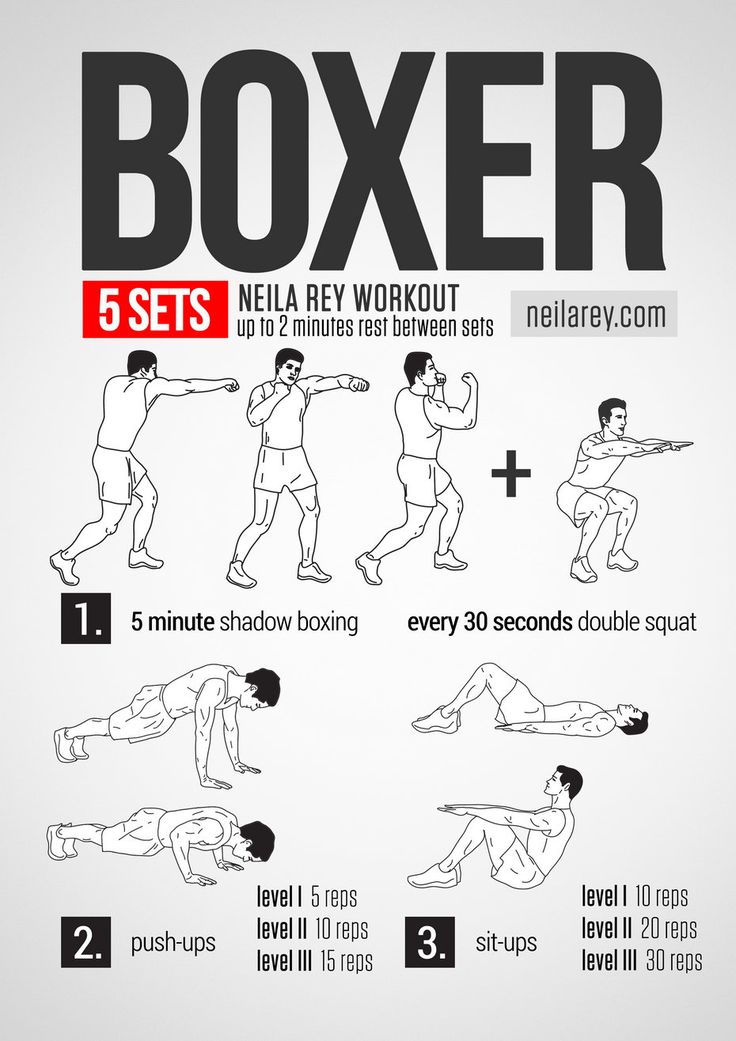 The dance also has a practical task: to prepare the body for combat. Depicting, for example, a swallow or a hunter, a fighter warms up, stretches his muscles, and repeats elements of some combat techniques. In general, it is believed that in this way he expresses his devotion, humility and gratitude to the teachers. In ancient times, an expression of respect and devotion was intended for the monarch, but now - the organizer of the match. In addition, the ritual gives the boxer the opportunity to gather and tune in to the fight.
The dance also has a practical task: to prepare the body for combat. Depicting, for example, a swallow or a hunter, a fighter warms up, stretches his muscles, and repeats elements of some combat techniques. In general, it is believed that in this way he expresses his devotion, humility and gratitude to the teachers. In ancient times, an expression of respect and devotion was intended for the monarch, but now - the organizer of the match. In addition, the ritual gives the boxer the opportunity to gather and tune in to the fight.
After the dance, the coach removes a special bandage, mong kon, from the boxer's head and takes away the flower wreath (pong malay), traditionally presented to the boxer before the fight by one of his friends or admirers. Then the judge announces the rules, the opponents converge, touch each other with gloves and ... the fight begins.
Close Combat Rules
Any Muay Thai match consists of five rounds of three minutes each. There is a two minute break between each round.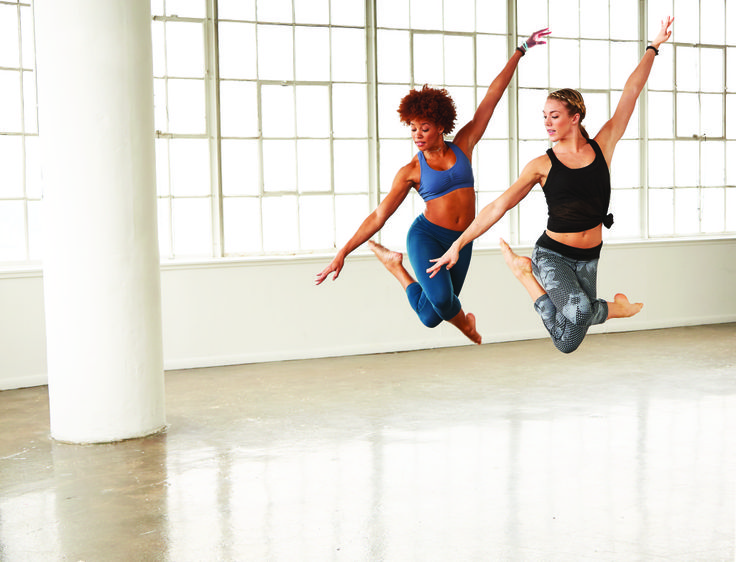 Fifteen minutes of combat is enough to literally raze a man to the ground.
Fifteen minutes of combat is enough to literally raze a man to the ground.
The duel begins with the "Thai castle" - the opponents hug each other, connecting the hands on someone else's neck, and then try to connect the elbows, and thus force the opponent to go down. Mastered the neck - consider mastering the whole body and you can twist and turn the enemy as you like. An important point: it is the palms that are connected, one on top of the other, fingers cannot be intertwined in any case. First, the grip will be weaker. Secondly, during a fight in boxing gloves, it will simply not work to clasp your fingers.
An important part of the fight is kicking the opponent (knees or shins). The shin is the strongest part of the leg. Trained, of course. Knee strikes are even more common in Thai boxing, there are many varieties of them: from a primitive one - in a straight line, to a knee strike in flight - the boxer jumps up, soars into the air and beats from there. They say it's a breathtaking sight.
As a rule, kicks are combined with elbow work: down, up, uppercut, side kick, jump kick. Very often, the opponent’s eyebrow is cut with an elbow, blood fills his eyes, and the fight stops.
In addition to the fact that each boxer seeks to inflict as much damage as possible on his opponent, he must also defend himself from blows in all possible ways. The winner is the fighter who not only knocked out the opponent, but also showed excellent mastery of technique and techniques.
By the way, most professional boxers come from poor families. Participation in duels (almost every week) gives them the opportunity to financially provide for their loved ones. As a rule, after several years of work in such an active mode, boxers continue their careers by training the younger generation.
Old, old fairy tale
Muay Thai, like no other sport, is shrouded in legends. The most famous sounds like this.
It was in Burma. On March 17, 1774, during a religious holiday, the king wanted to see a duel between representatives of two boxing schools: Muay Thai (Thai) and Bama Letwei (Burmese). The first was represented by the prisoner of war Thai Nai Kanom Dtoma, the second - by the local champion.
The first was represented by the prisoner of war Thai Nai Kanom Dtoma, the second - by the local champion.
Nai traditionally started with a dance (Wai Kru) and finished with a knockout of the opponent. However, the Thai boxer's victory was not counted: the malevolent judge decided that the Wai Kru ritual was a forbidden technique that distracted and prevented the opponent from concentrating. It was decided to repeat the fight...
It was then that the king of Burma asked if Nai would take the risk of fighting his nine best fighters? Nye took a chance - and, literally, dancing, laid down all rivals. The king was so delighted with the skill of the Thai boxer that he immediately released the prisoner and offered him a reward: a choice of either treasures or two beauties to marry. Nai Kanom Dtoma, don't be a fool, chose beauties, explaining that money is easier to find than love. And returned to Thailand.
Ever since March 17 is considered a holiday date - Thais celebrate Boxer's Day or Muay Thai Day.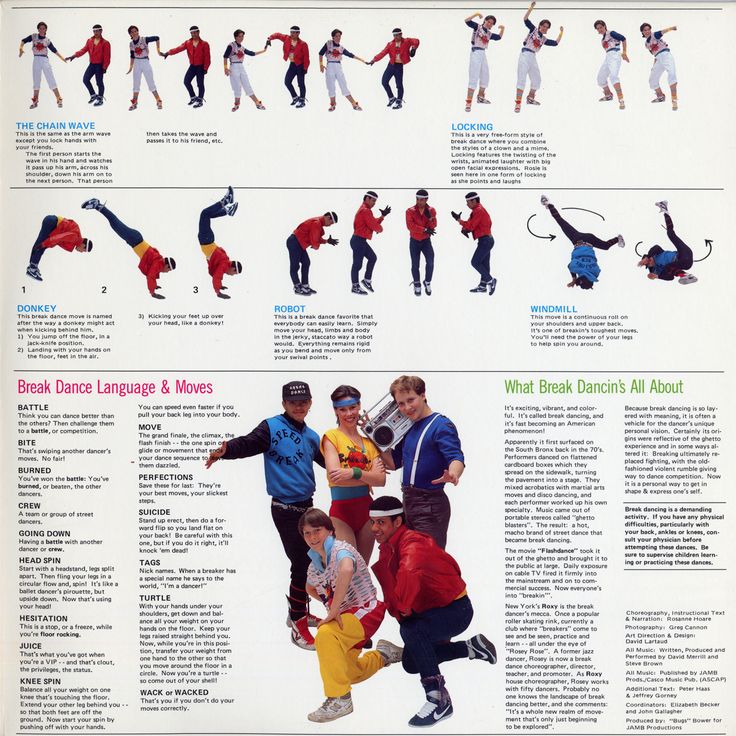
Thai boxing in Russian
Thai boxing has appeared in Russia not so long ago, but has already gained great popularity.
Professional Russian Muay Thai League (RLMT) was founded in 1992 in Novosibirsk. Three years later, the Thai Boxing Federation of Russia was created on its basis, and in 1996, Thai boxing became an official sport - the Federation was recognized by the Russian Olympic Committee.
You can try to comprehend the art of eight limbs on your own, the benefit of educational films and books is now in abundance. But if the soul requires active action, aggression is whipping over the edge, and at the same time everything is in order with health, then it is better to go straight to the RLMT. There you will be welcomed with open arms.
By the way, the owners of impeccable health, reinforced concrete nerves and a specific character can also practice Muay Thai. Now in Russia there are only two such ladies, but they certainly do not suffer from a lack of male attention.

